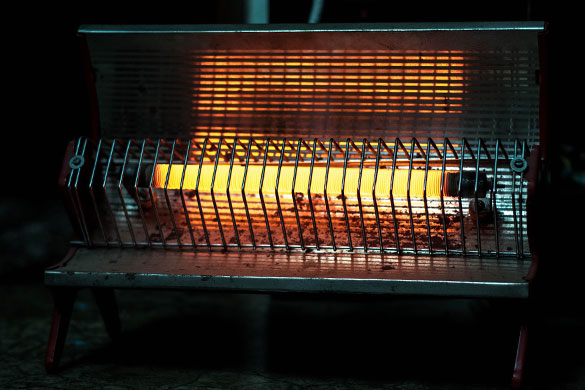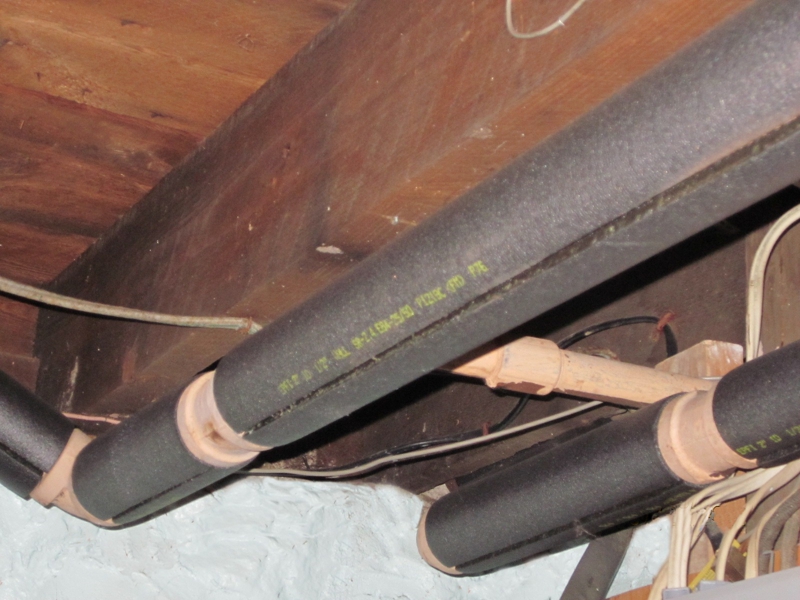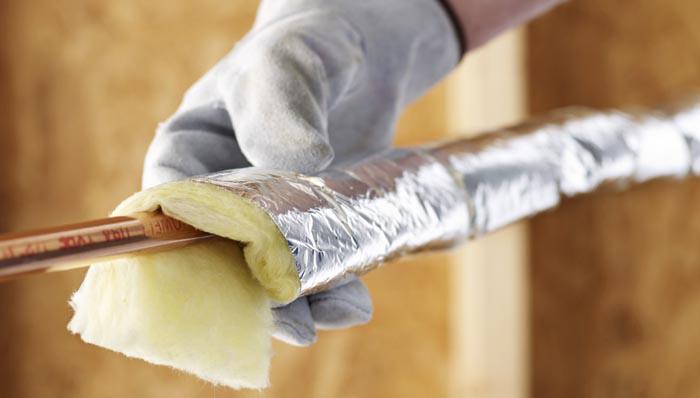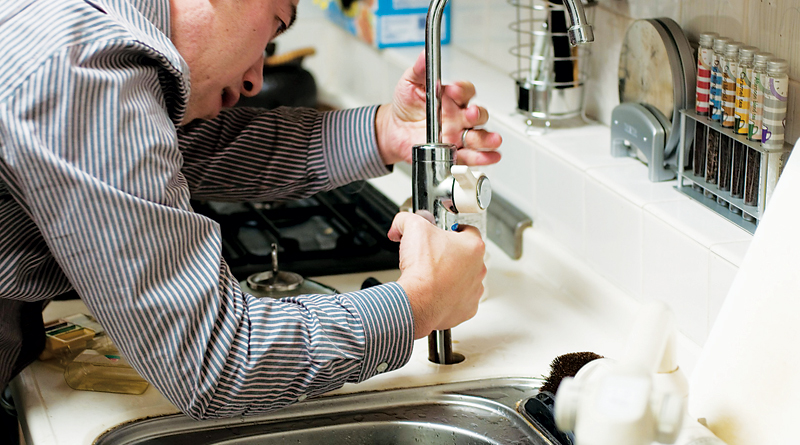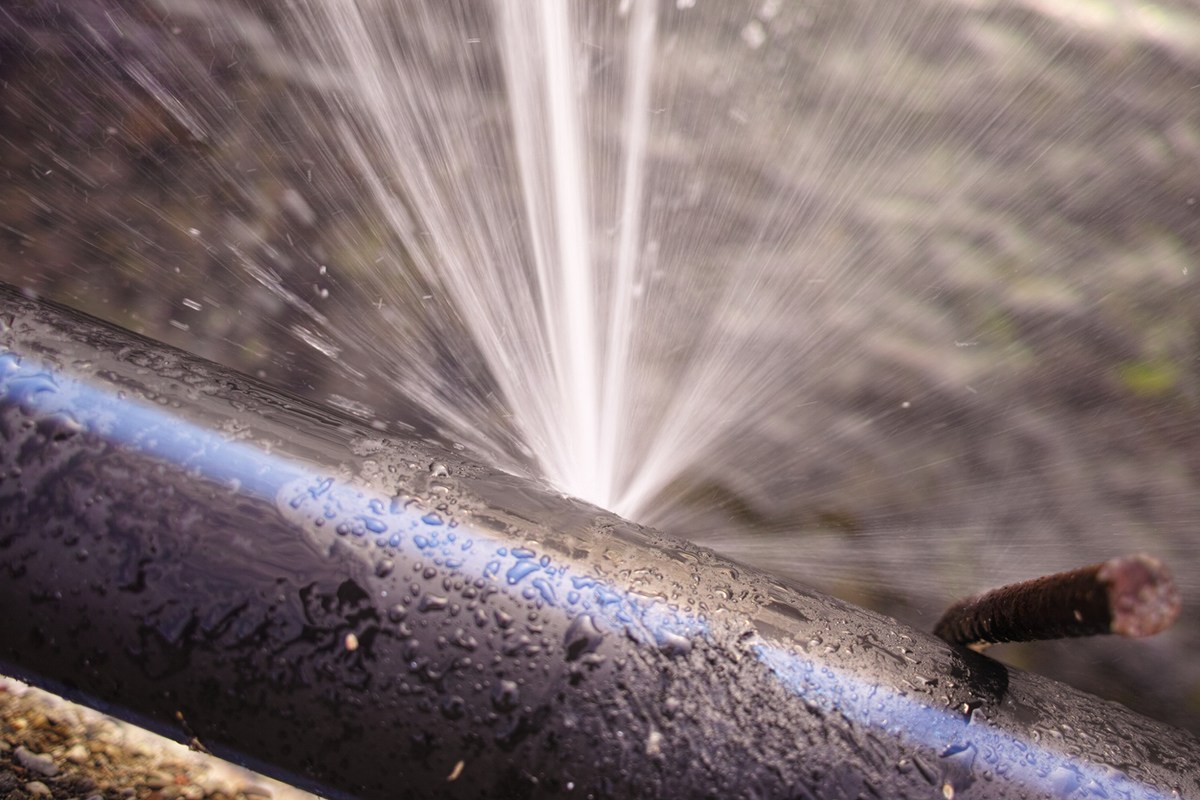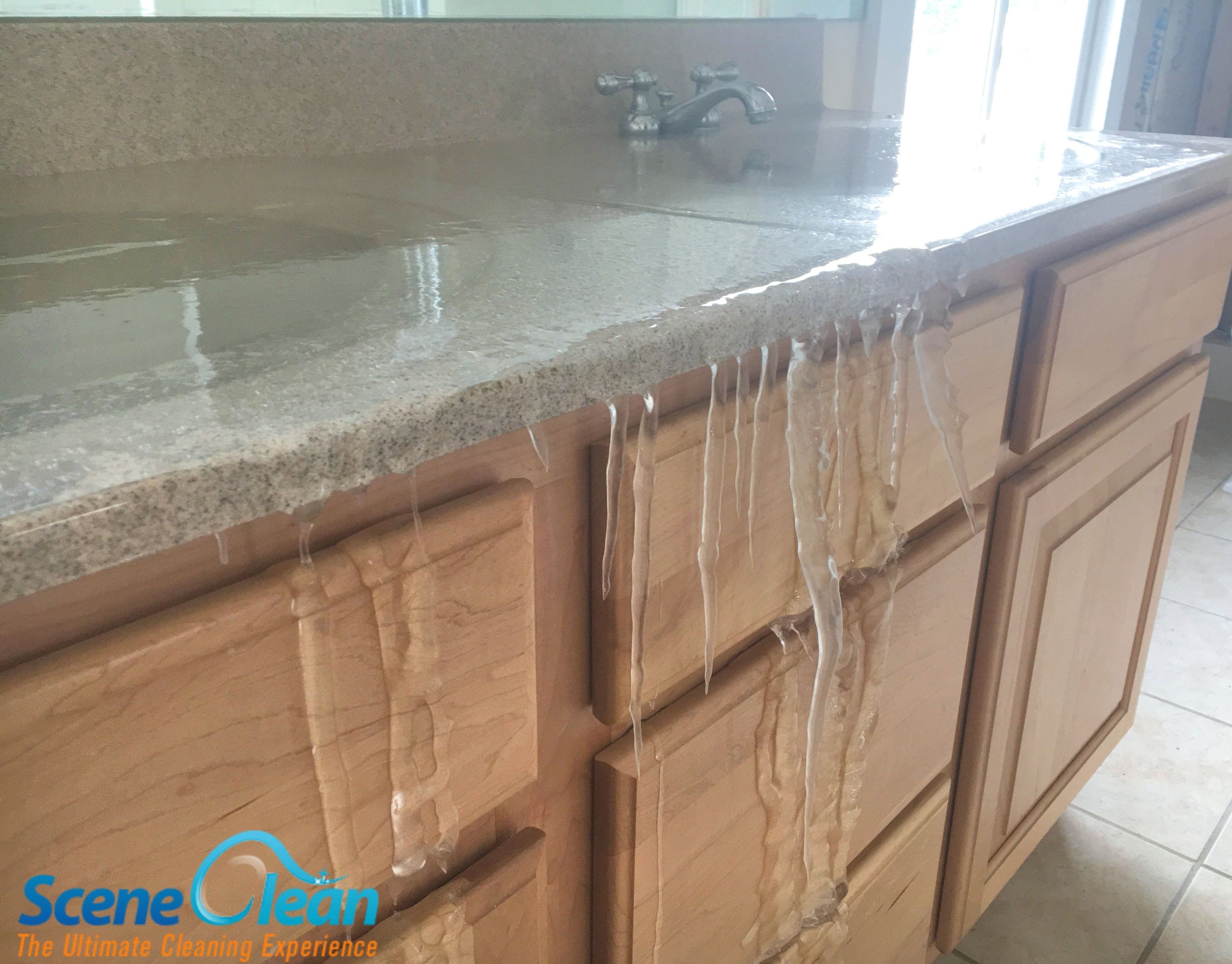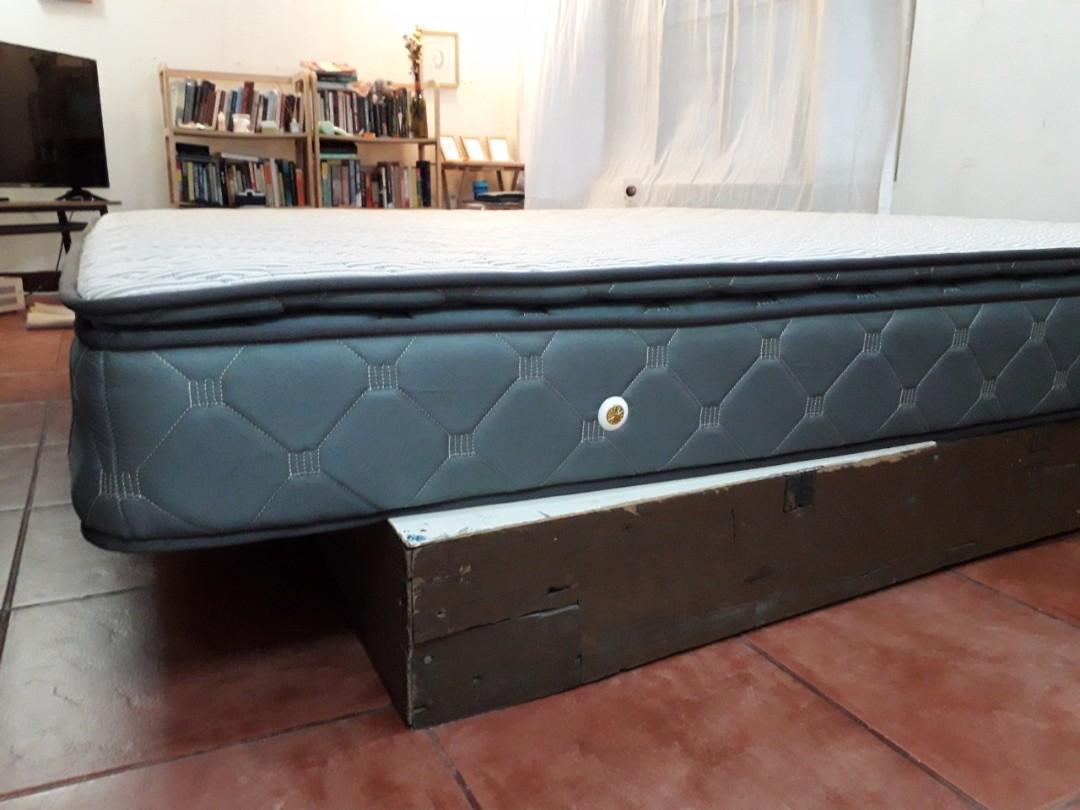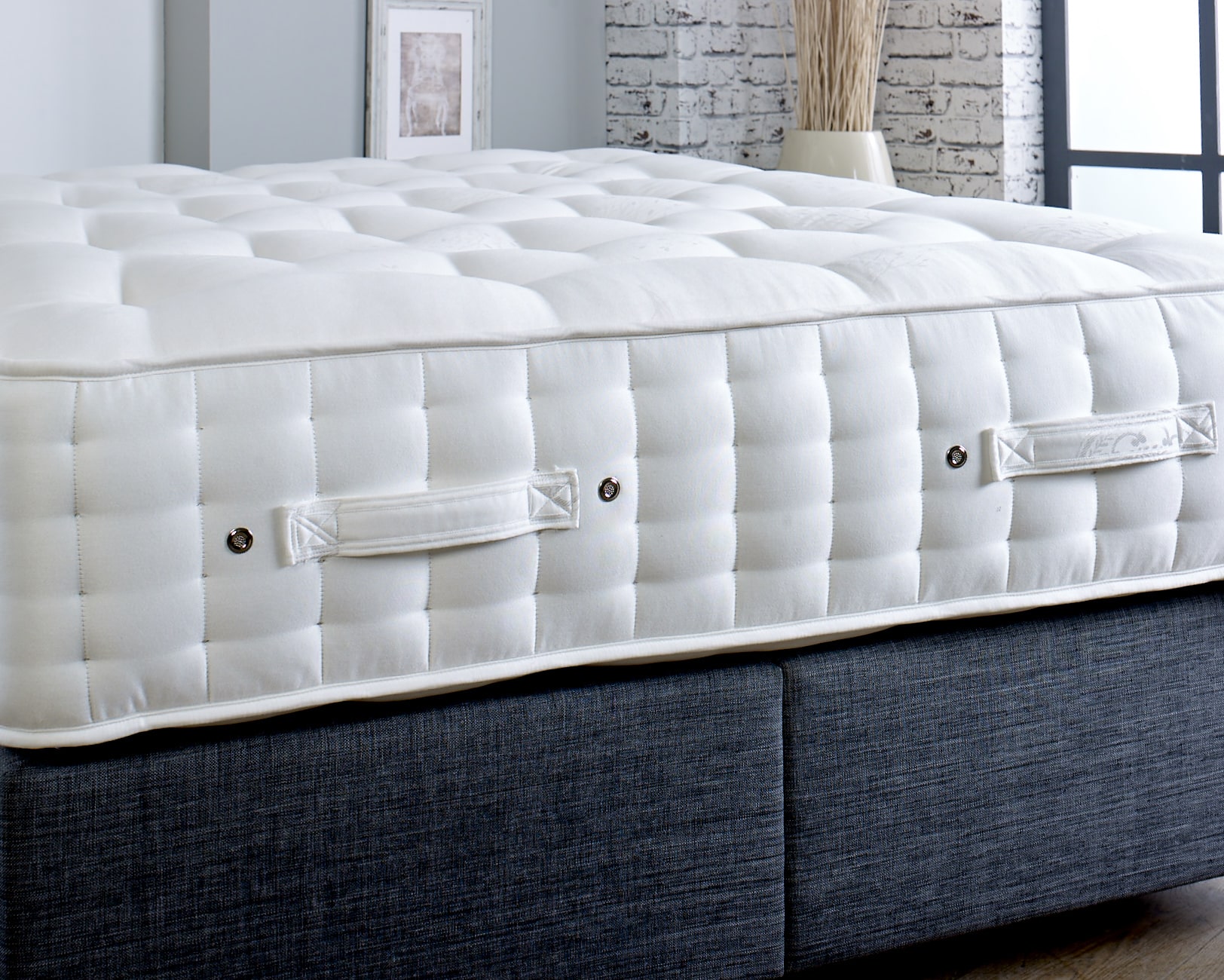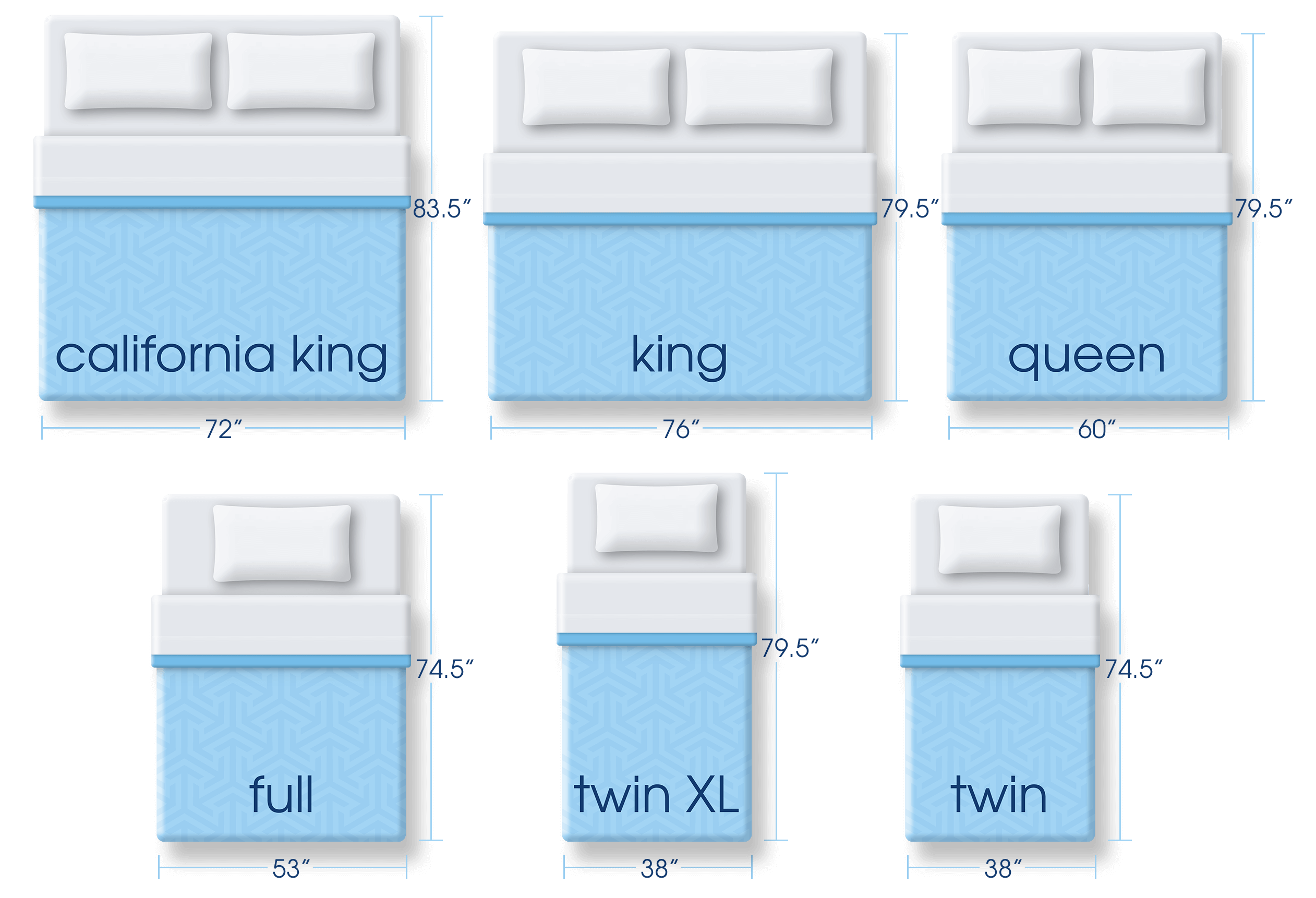If you live in an area with cold winters, you know that frozen pipes can be a common problem. This is especially true for the pipes under your kitchen sink, which are often exposed to colder temperatures. Frozen pipes can lead to burst pipes, water damage, and costly repairs. Here’s how to thaw frozen pipes under a kitchen sink before it’s too late.How to Thaw Frozen Pipes Under a Kitchen Sink
The best way to deal with frozen pipes is to prevent them from happening in the first place. Insulating your pipes is a simple and effective way to keep them from freezing. You can use foam pipe insulation or heat tape to cover the exposed pipes under your kitchen sink. This will help keep the pipes from getting too cold and potentially freezing.Preventing Frozen Pipes Under a Kitchen Sink
If you suspect that your pipes may be frozen, there are a few signs to look out for. The most obvious sign is if you turn on the faucet and no water comes out. You may also notice a decrease in water pressure or strange noises coming from the pipes. In some cases, you may even be able to see frost or ice on the pipes themselves.Signs of Frozen Pipes Under a Kitchen Sink
Frozen pipes occur when the temperature drops below freezing and the water inside the pipes expands, causing them to burst. There are a few common reasons why pipes under a kitchen sink may freeze, including poor insulation, exposure to cold air, and lack of use. If the pipes are not properly insulated or are located in an area with no heat source, they are more likely to freeze. Additionally, if you don’t use the faucet often, the water inside the pipes can sit and freeze.Common Causes of Frozen Pipes Under a Kitchen Sink
If you suspect that your pipes are frozen, you can try to thaw them using a hair dryer. Start by turning on the faucet to see if any water comes out. If not, locate the frozen section of the pipe and point the hair dryer at it. Move the hair dryer back and forth along the pipe until the water starts to flow again. Be careful not to get the hair dryer too close to the pipe, as this can cause damage.Using a Hair Dryer to Thaw Frozen Pipes Under a Kitchen Sink
Another method for thawing frozen pipes is using hot water. This is a simple and effective way to quickly melt the ice inside the pipes. Start by boiling a pot of water on the stove. Then, carefully pour the hot water down the drain. This should help melt the ice and get the water flowing again. You may need to repeat this process a few times until the pipes are completely thawed.Using Hot Water to Thaw Frozen Pipes Under a Kitchen Sink
If you have a space heater, you can also use this to thaw frozen pipes. Place the space heater near the pipes and turn it on. Make sure to keep the heater a safe distance from the pipes to avoid any damage. The heat from the space heater should help melt the ice and get the water flowing again. However, be cautious when using a space heater, as it can be a fire hazard.Using a Space Heater to Thaw Frozen Pipes Under a Kitchen Sink
The best way to deal with frozen pipes is to prevent them from happening in the first place. As mentioned earlier, insulating your pipes is a simple and effective way to keep them from freezing. You can use foam pipe insulation or heat tape to cover the exposed pipes under your kitchen sink. This will help keep the pipes from getting too cold and potentially freezing.Insulating Pipes to Prevent Freezing Under a Kitchen Sink
If you are unable to thaw the frozen pipes yourself, it’s best to call a professional plumber. They will have the proper tools and expertise to safely and effectively thaw the pipes. Additionally, if the pipes have burst, a plumber can also help with repairs and prevent any further damage to your home.Calling a Professional Plumber for Frozen Pipes Under a Kitchen Sink
If your frozen pipes have already burst, it’s important to act quickly to prevent water damage. Start by turning off the main water supply to your home. Then, call a professional plumber to assess the damage and make any necessary repairs. It’s important to fix a burst pipe as soon as possible to avoid further damage and potential mold growth.How to Fix a Burst Pipe Under a Kitchen Sink
Frozen Pipes Under Kitchen Sink: Understanding the Causes and How to Prevent Them
/water-pipe-under-kitchen-sink-980755656-3ec7719515ab4e269908381b760f7366.jpg)
What Causes Frozen Pipes Under Kitchen Sink?
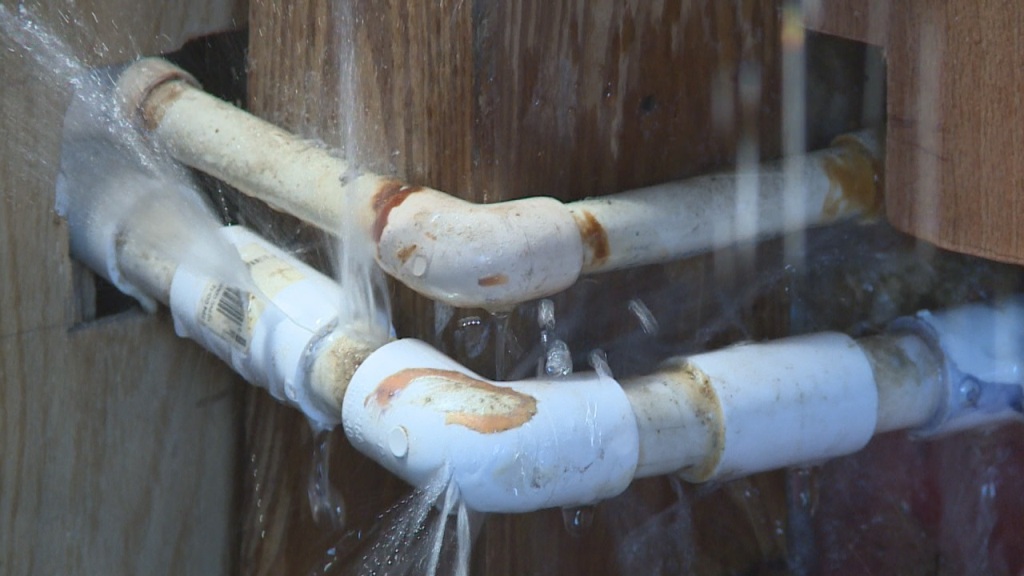 Frozen pipes under the kitchen sink can be a homeowner's worst nightmare. Not only does it disrupt daily activities, but it can also cause costly damage to your house. But what causes pipes to freeze in the first place?
Low temperatures
are the main culprit. When the temperature drops below
32 degrees Fahrenheit
, the water inside the pipes can freeze and expand, causing the pipes to burst. This is especially common in older homes with
poor insulation
or homes located in areas with harsh winter climates.
Frozen pipes under the kitchen sink can be a homeowner's worst nightmare. Not only does it disrupt daily activities, but it can also cause costly damage to your house. But what causes pipes to freeze in the first place?
Low temperatures
are the main culprit. When the temperature drops below
32 degrees Fahrenheit
, the water inside the pipes can freeze and expand, causing the pipes to burst. This is especially common in older homes with
poor insulation
or homes located in areas with harsh winter climates.
Preventing Frozen Pipes Under Kitchen Sink
 The good news is that there are several steps you can take to prevent your pipes from freezing under the kitchen sink. The first and most important step is
proper insulation
. Make sure your pipes are adequately insulated, especially in areas where they are exposed to colder temperatures. This can include using
foam insulation sleeves
or
heat tape
to cover the pipes.
Another preventive measure is to
keep your kitchen cabinets open
during the colder months. This allows warm air from your home to circulate around the pipes and prevent them from freezing. You can also
add extra heat sources
near the pipes, such as a space heater or heat lamp, to keep them warm.
The good news is that there are several steps you can take to prevent your pipes from freezing under the kitchen sink. The first and most important step is
proper insulation
. Make sure your pipes are adequately insulated, especially in areas where they are exposed to colder temperatures. This can include using
foam insulation sleeves
or
heat tape
to cover the pipes.
Another preventive measure is to
keep your kitchen cabinets open
during the colder months. This allows warm air from your home to circulate around the pipes and prevent them from freezing. You can also
add extra heat sources
near the pipes, such as a space heater or heat lamp, to keep them warm.
What to Do If Your Pipes Are Already Frozen
 If you discover that your pipes are already frozen, do not panic. The first step is to
turn off your water supply
to prevent any further damage. Then,
gently thaw the pipes
using a hairdryer or hot towels. Do not use any open flames to thaw the pipes, as this can be dangerous. Once the pipes are thawed, you can turn the water supply back on and check for any leaks or damage.
If you discover that your pipes are already frozen, do not panic. The first step is to
turn off your water supply
to prevent any further damage. Then,
gently thaw the pipes
using a hairdryer or hot towels. Do not use any open flames to thaw the pipes, as this can be dangerous. Once the pipes are thawed, you can turn the water supply back on and check for any leaks or damage.
Conclusion
 Frozen pipes under the kitchen sink can be a hassle, but with the right preventative measures, you can avoid this issue altogether. Remember to properly insulate your pipes, keep your cabinets open, and add extra heat sources during colder months. And if your pipes do freeze, remain calm and follow the steps to thaw them safely. By taking these precautions, you can ensure your pipes stay intact and your kitchen sink continues to function properly.
Frozen pipes under the kitchen sink can be a hassle, but with the right preventative measures, you can avoid this issue altogether. Remember to properly insulate your pipes, keep your cabinets open, and add extra heat sources during colder months. And if your pipes do freeze, remain calm and follow the steps to thaw them safely. By taking these precautions, you can ensure your pipes stay intact and your kitchen sink continues to function properly.
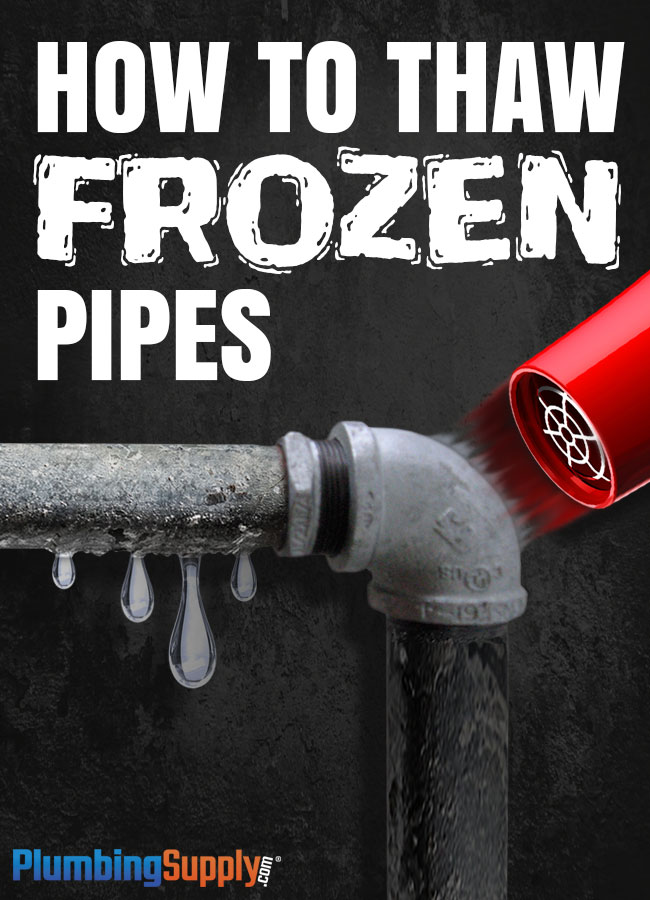



:max_bytes(150000):strip_icc()/how-to-thaw-a-frozen-water-pipe-2124986_FINAL-edit-01-6ff53ed13c7e41559df7070680efe4a6.jpg)
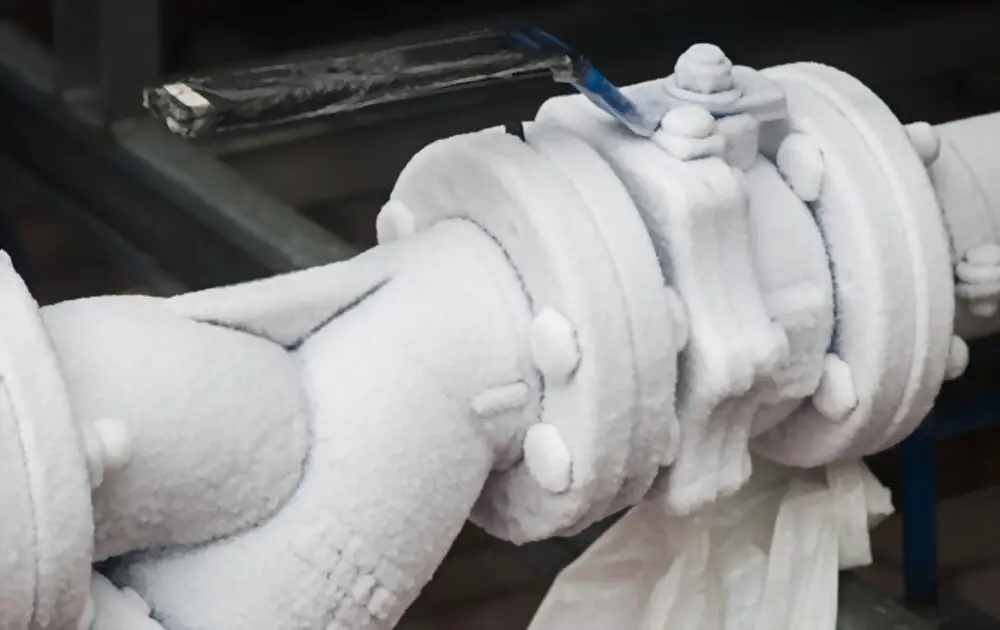

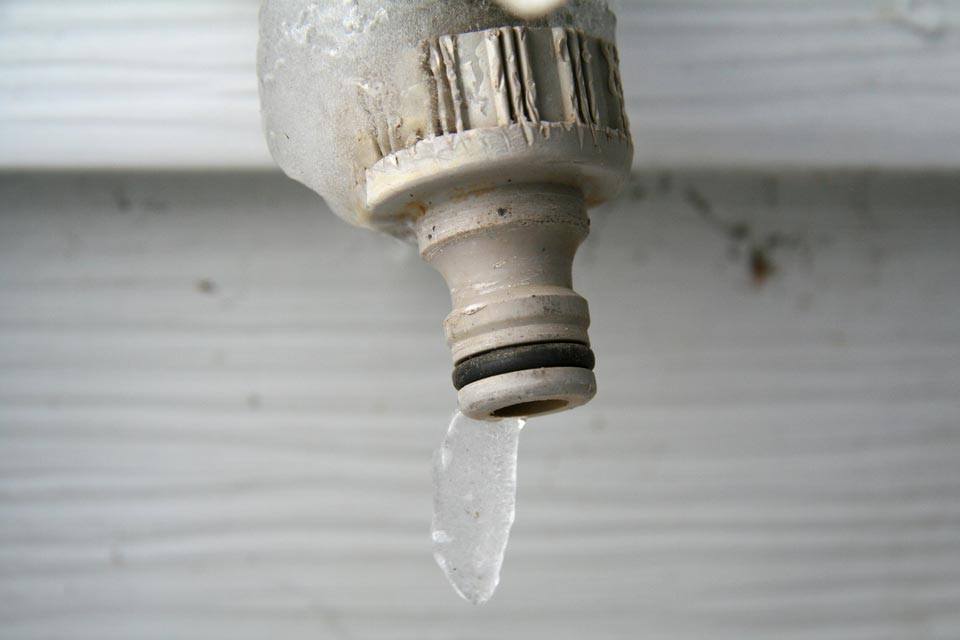


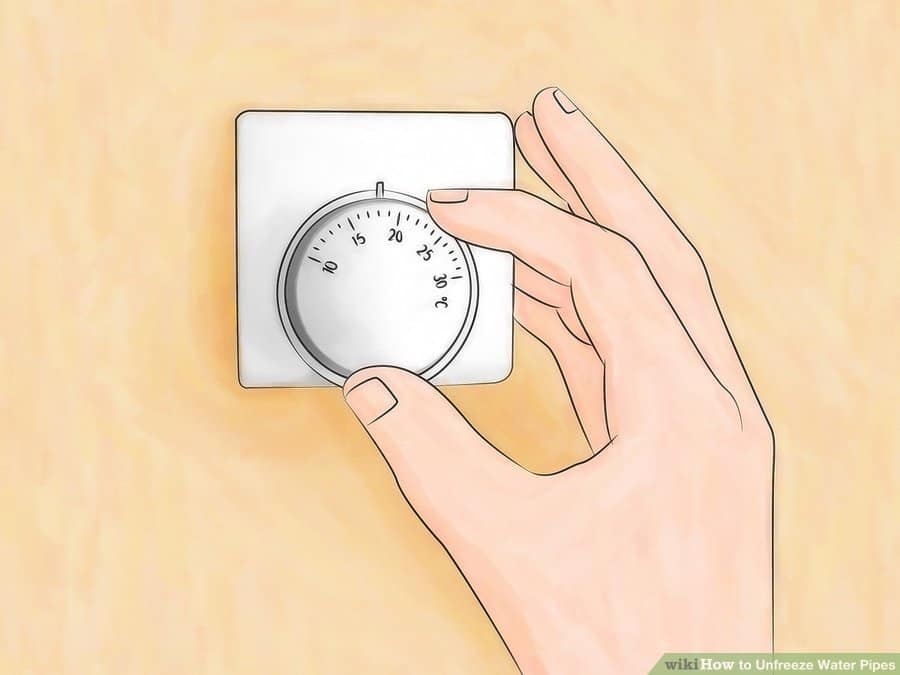
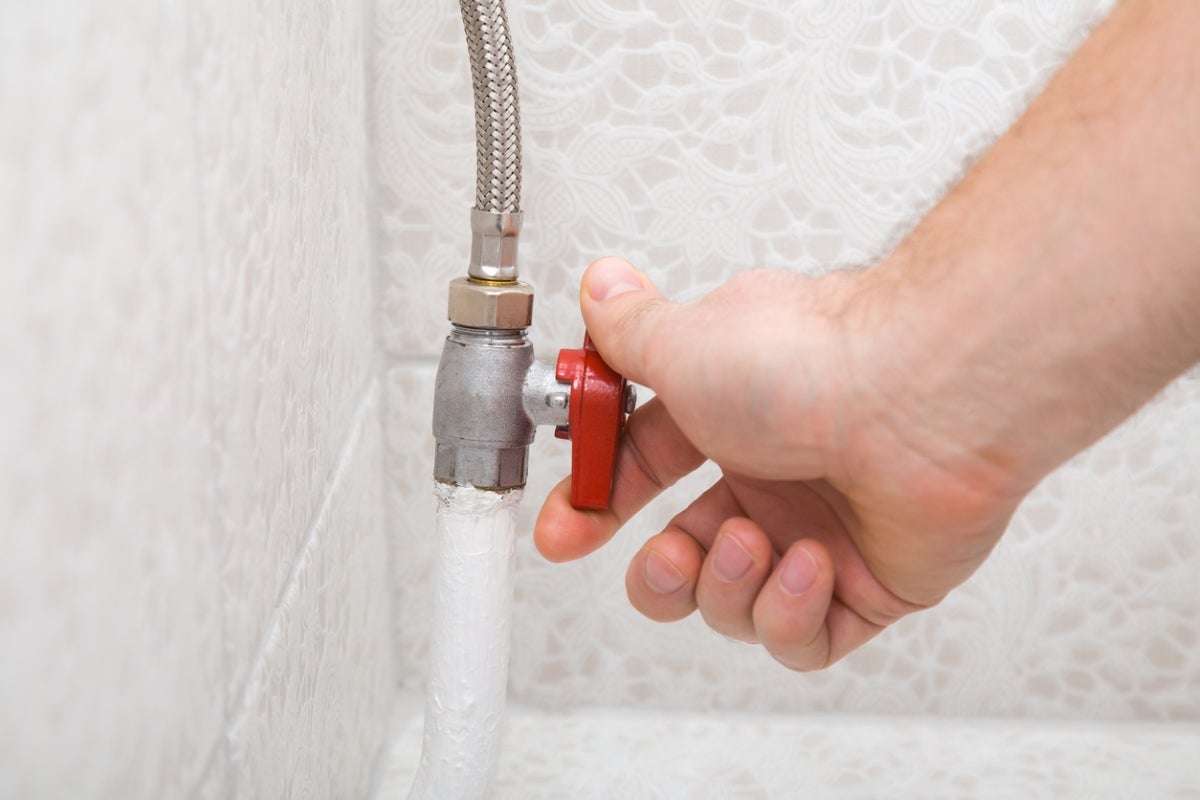




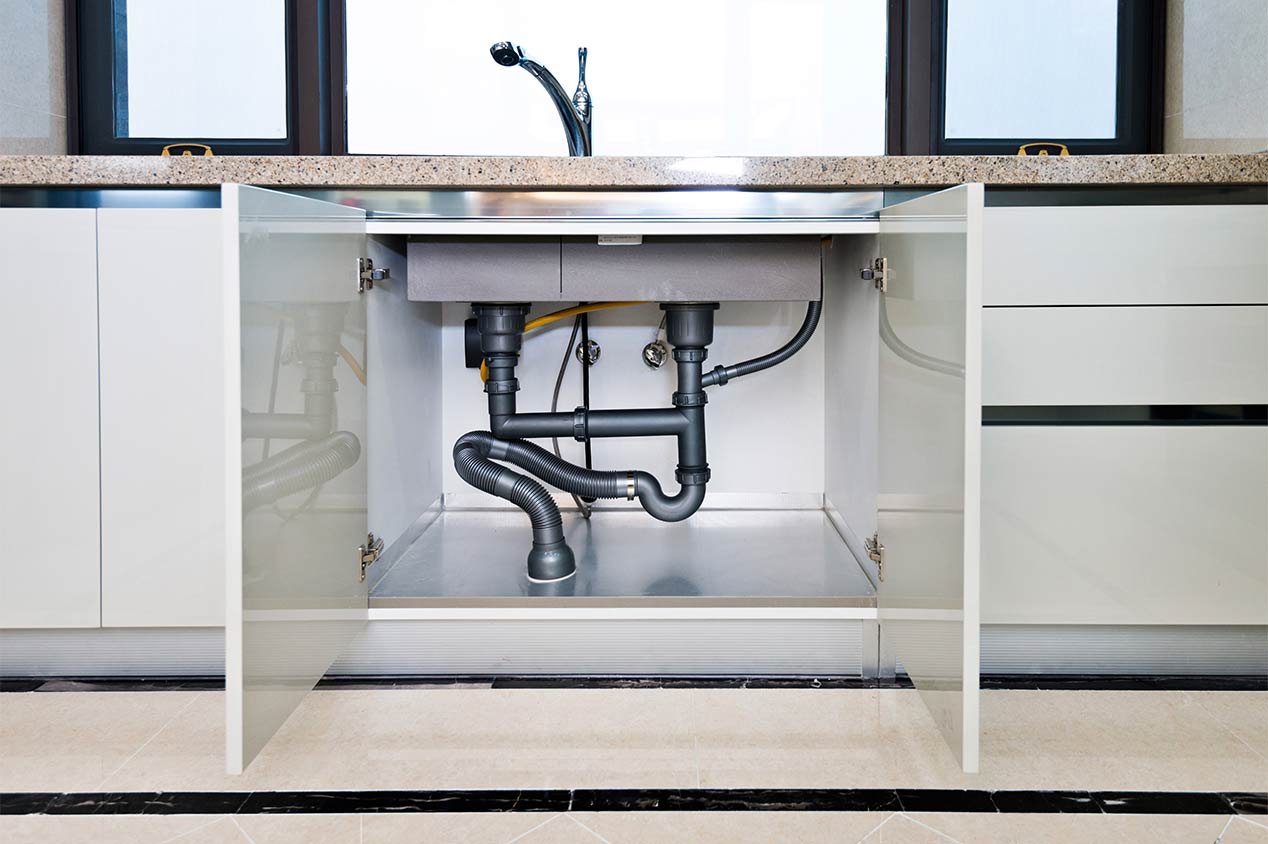





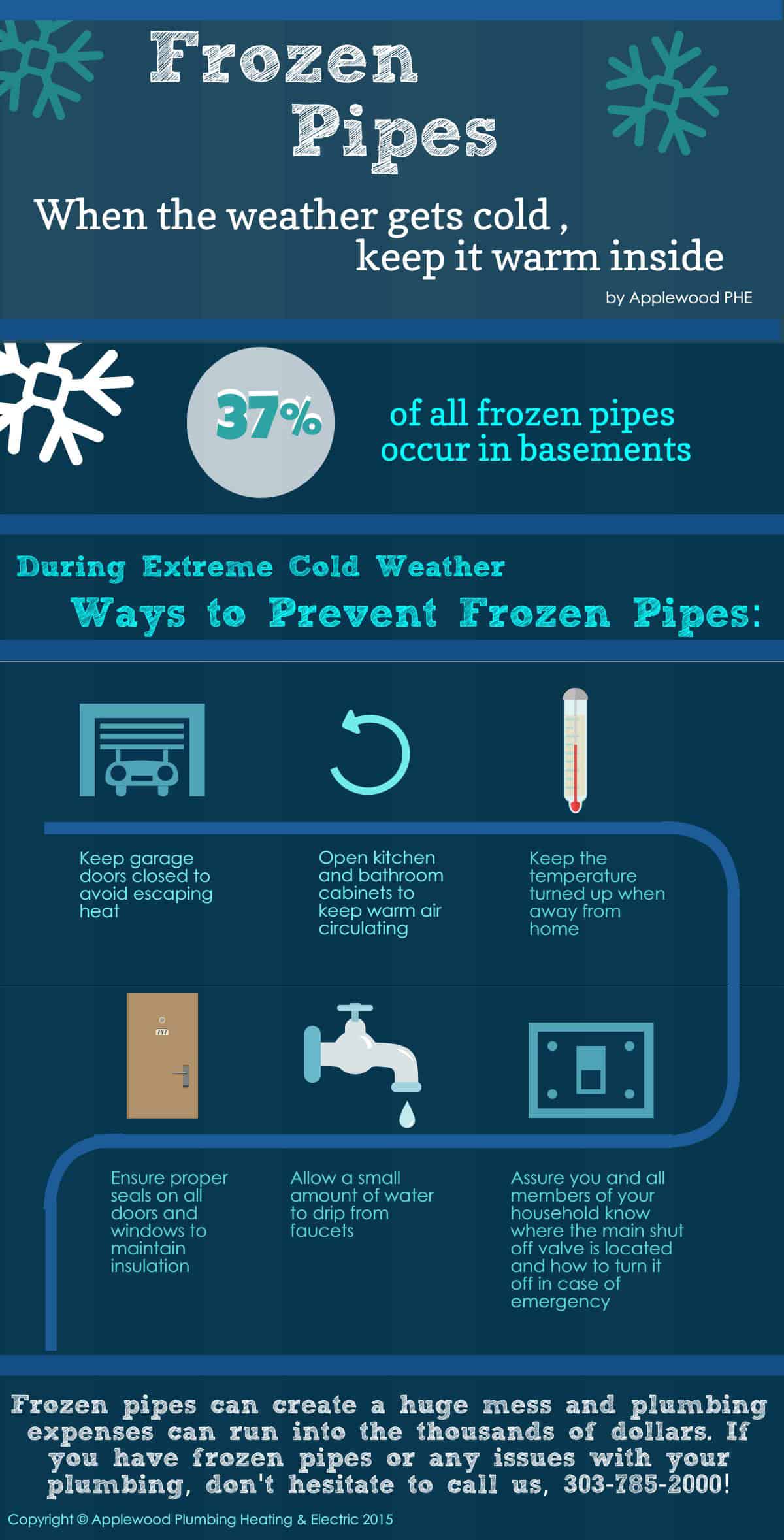

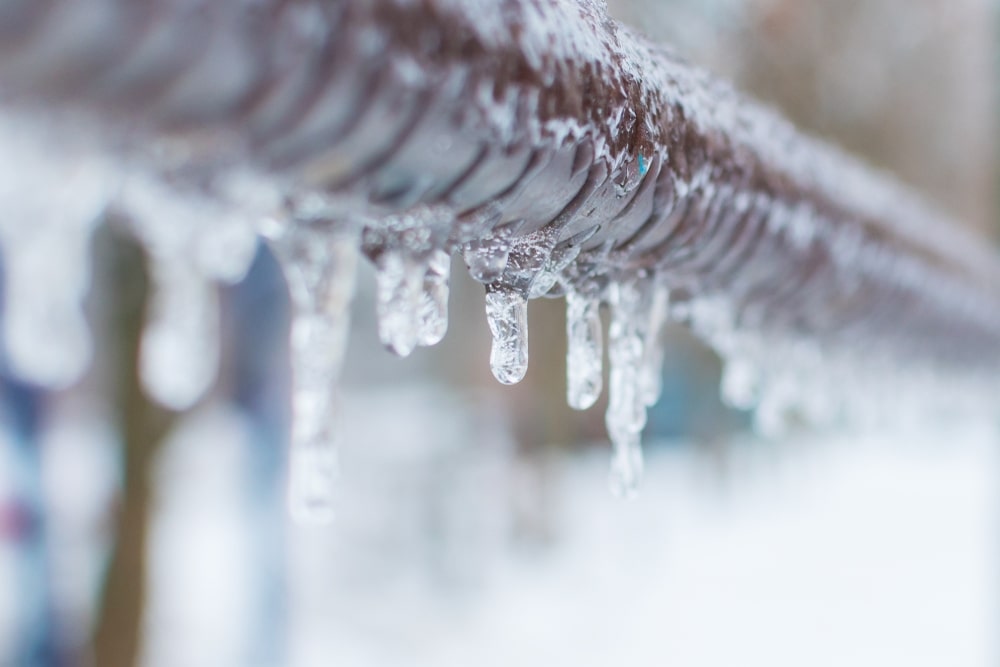
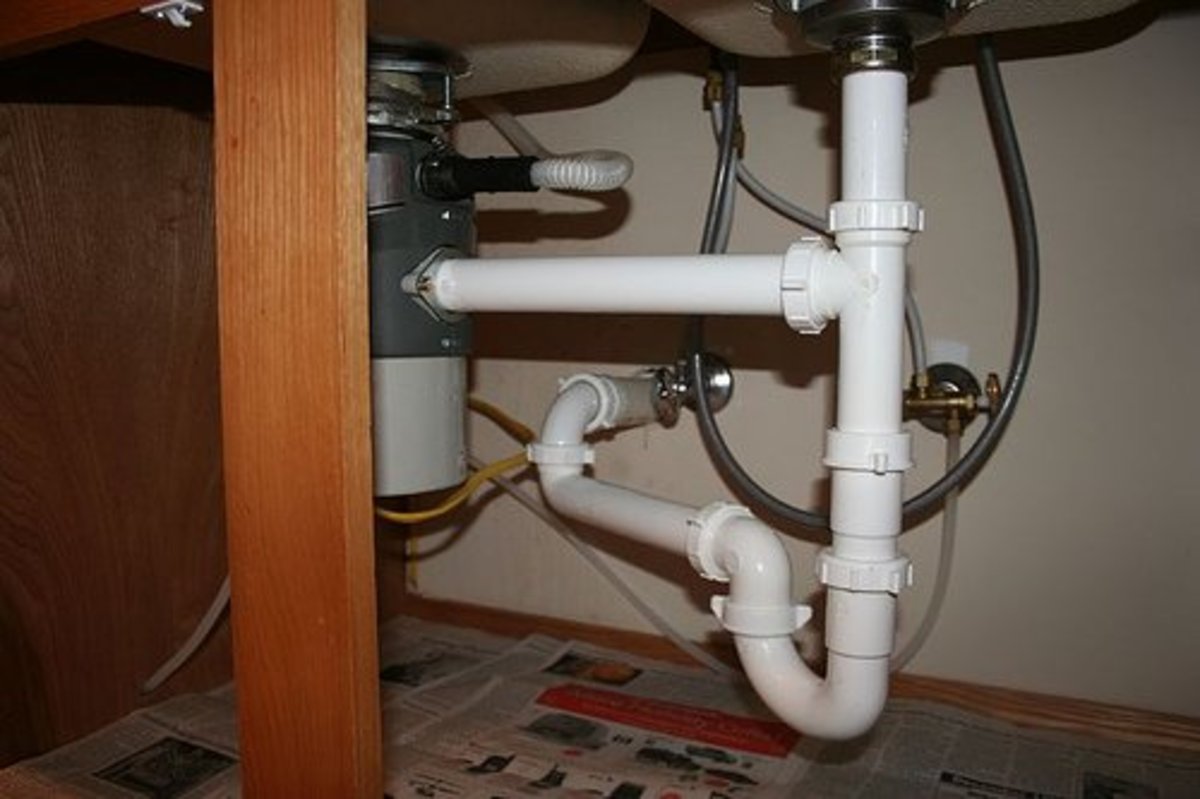


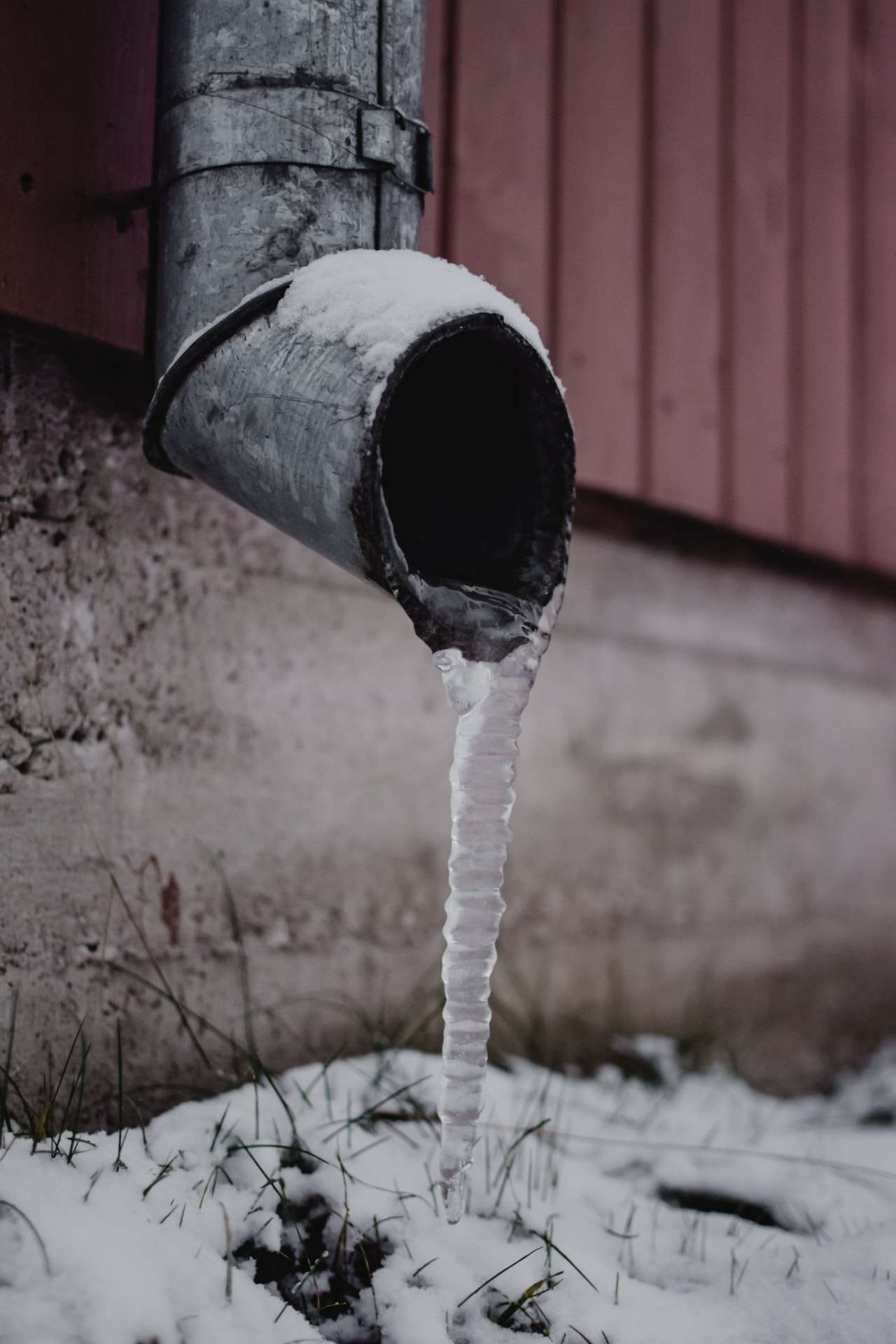


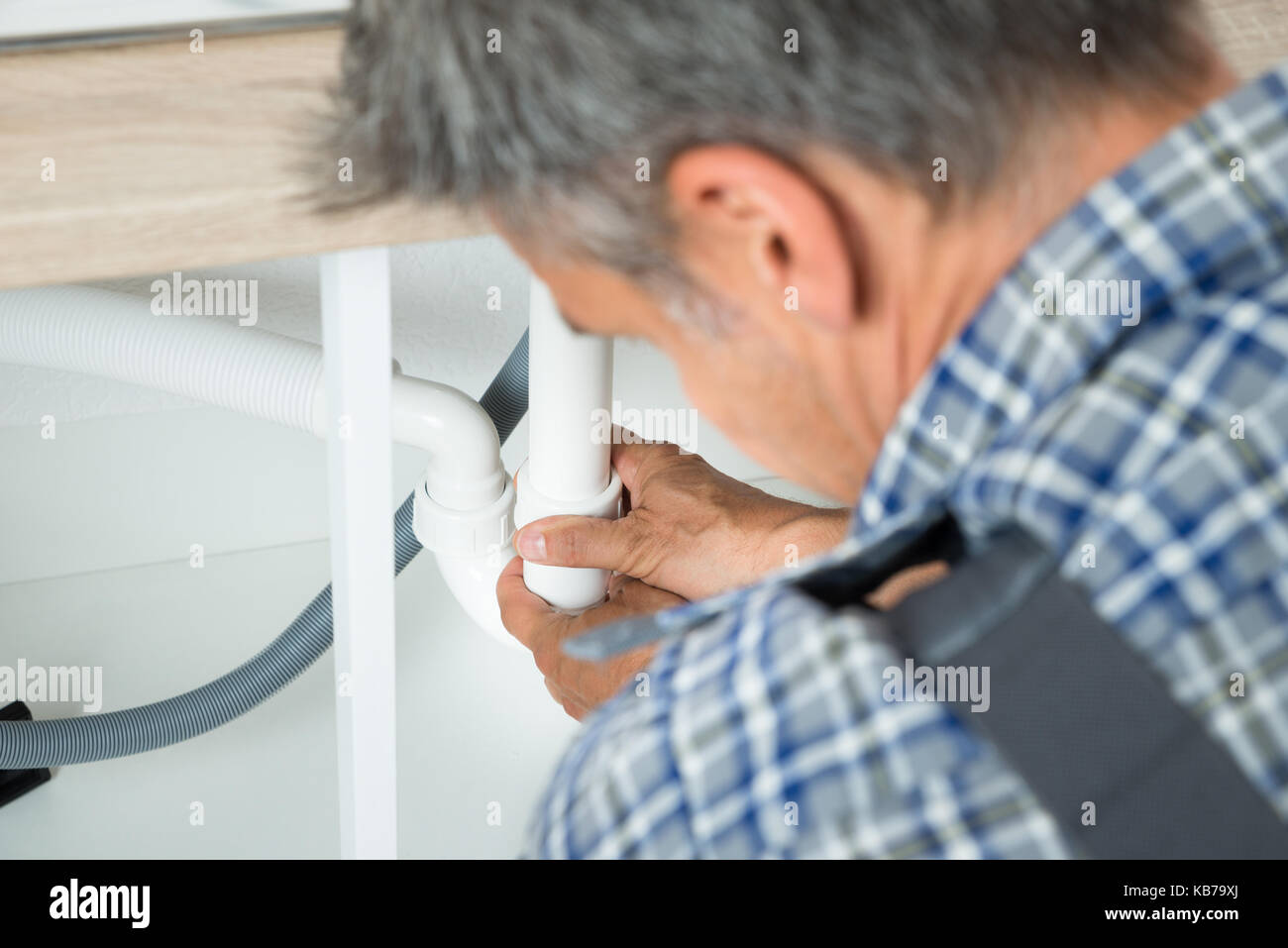





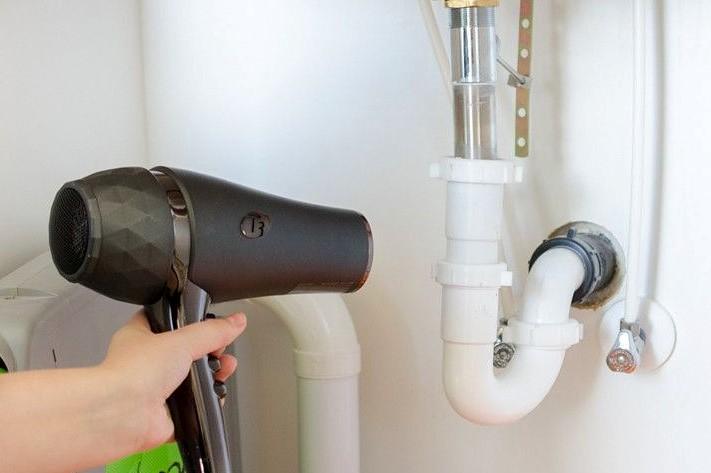






/broken-water-pipes-162189386-58053b885f9b5805c2200c3d.jpg)


